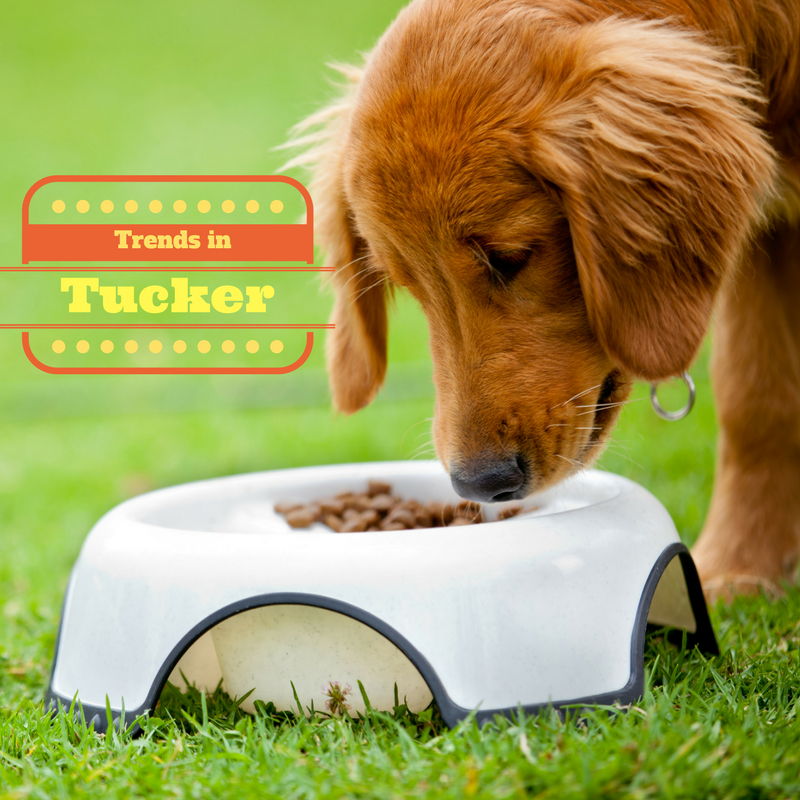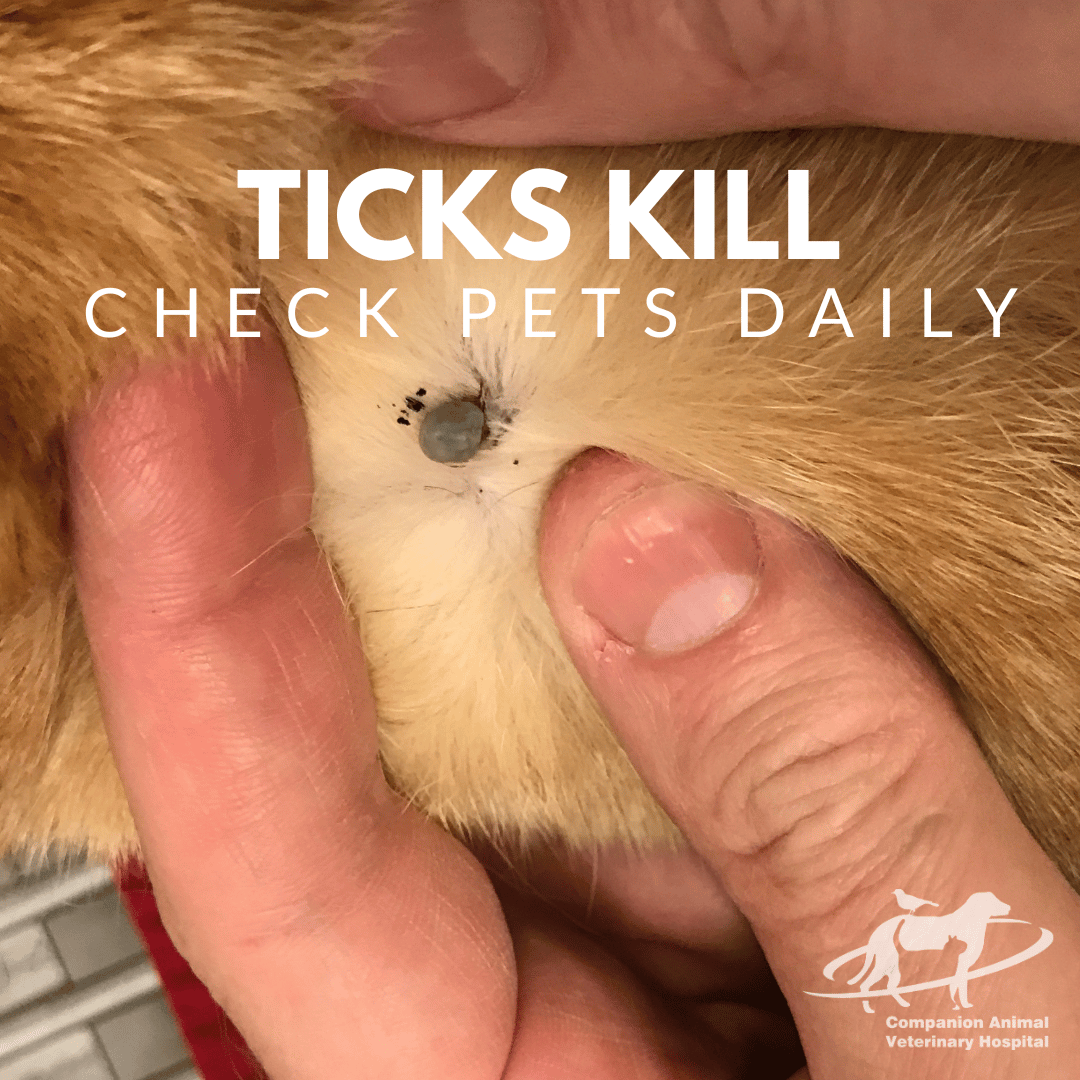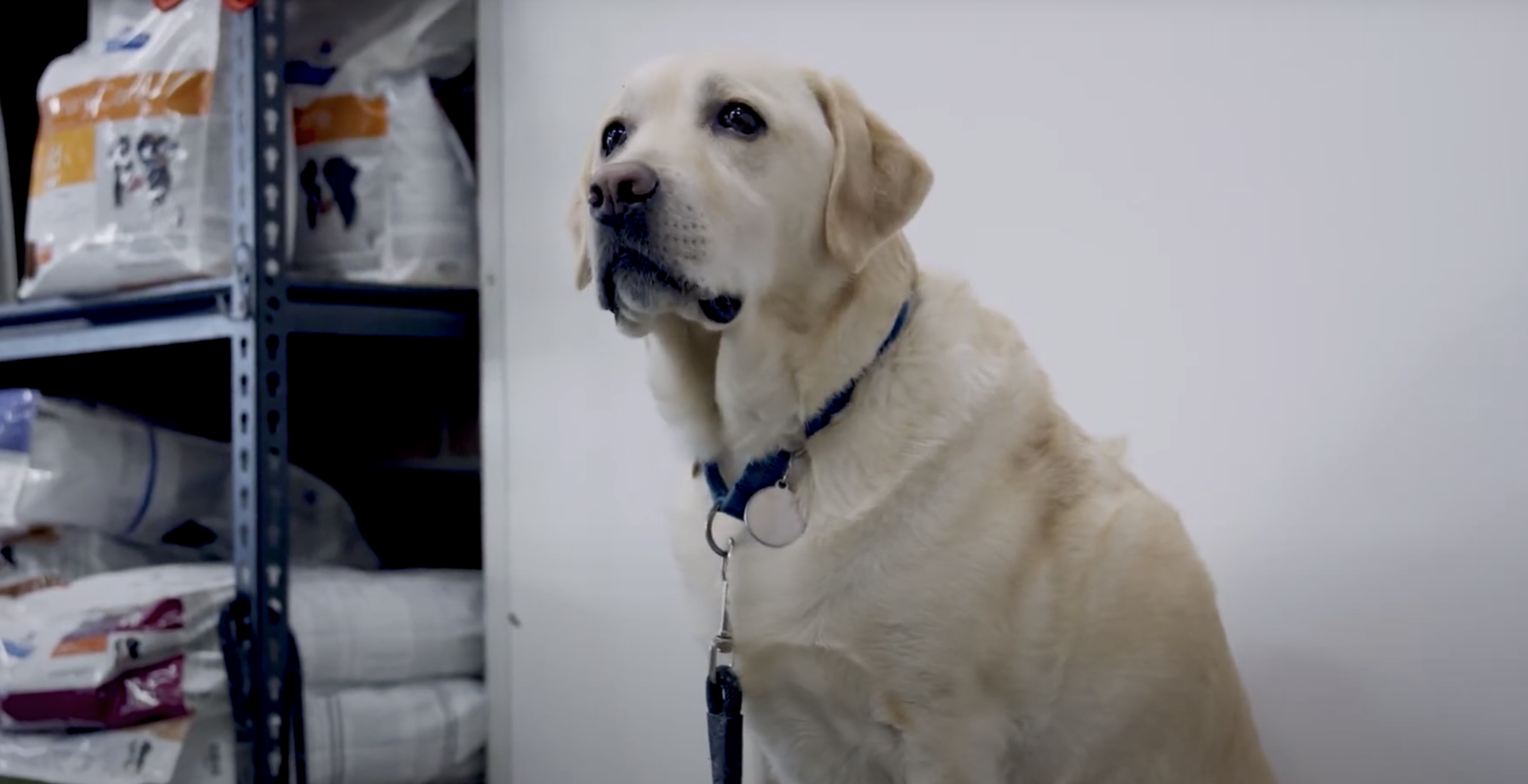Food is something we think about a lot. TV shows, books and blogs all cover it from every angle and every celebrity has their own version of the optimum diet. So it should be no surprise that there are trends in pet food also…
These days there are multiple pet diets all spruiking their benefits because they are lower, higher, newer, older, rarer or more or less refined. It’s hard to get a handle on!
Even when you start to get your head around it, a new diet comes up and it all starts all over again.
To avoid falling into traps that may lead you to cause malnutrition in your pets, it’s important to keep things in perspective. Pets need adequate nutrient intake which they obtain from ingredients in their diets. They require protein, energy, fats, vitamins, minerals and water in adequate amounts, digestibility and ratios for their life stage.
The exact ingredients are generally less important than the balance of nutrients they provide.
Home made or niche diets often struggle to supply all of these requirements in correct amounts, resulting in long term deficiencies or equally harmful excesses. Years of research and continued development have given us a good understanding of pet dietary requirements.
In a good quality pet food, nutrients should be expressed as % or g/100g of food on the container and should represent typical or average values of the nutrients in question. If these values are not evident then it is advisable to check with the manufacturer or use a food that does.
Pet food in Australia is regulated through the PFIAA. An in depth look at nutrient requirements has been published by Waltham (worth a look if you are contemplating or currently using a homemade diet) and can be in the WALTHAM Pocket Book Of Essential Nutrition For Cats And Dogs






